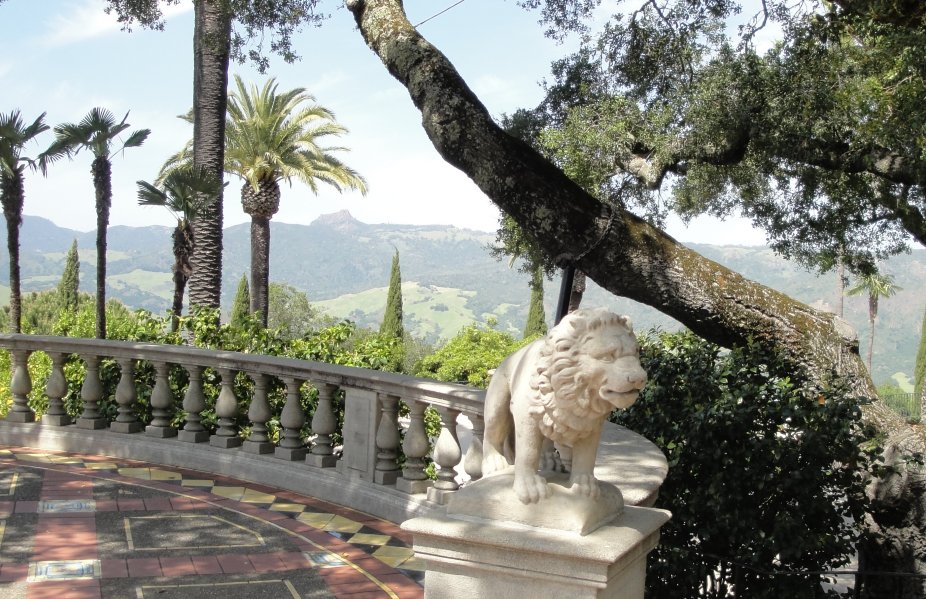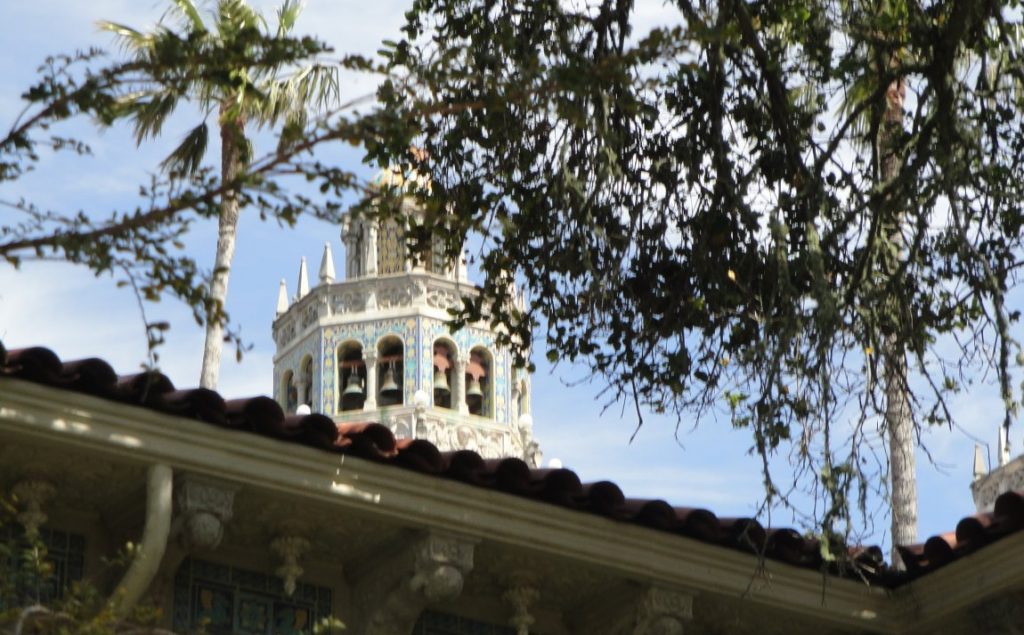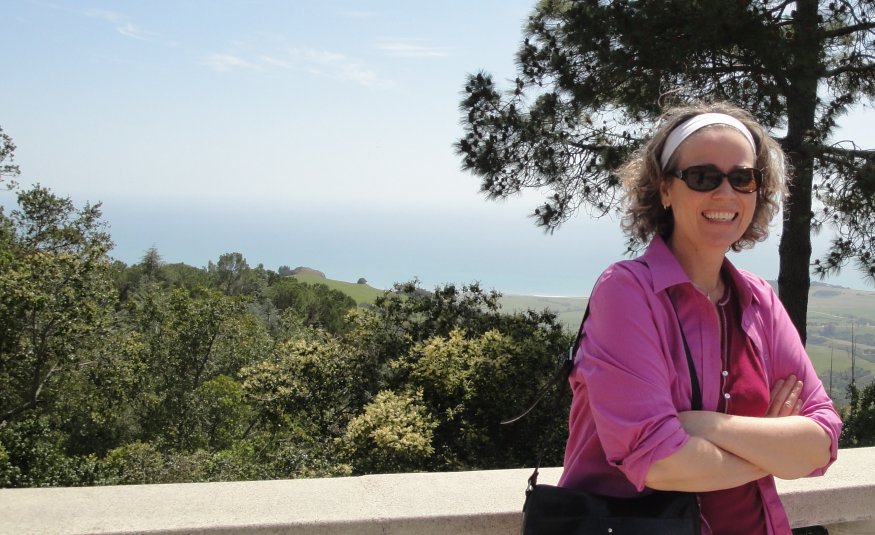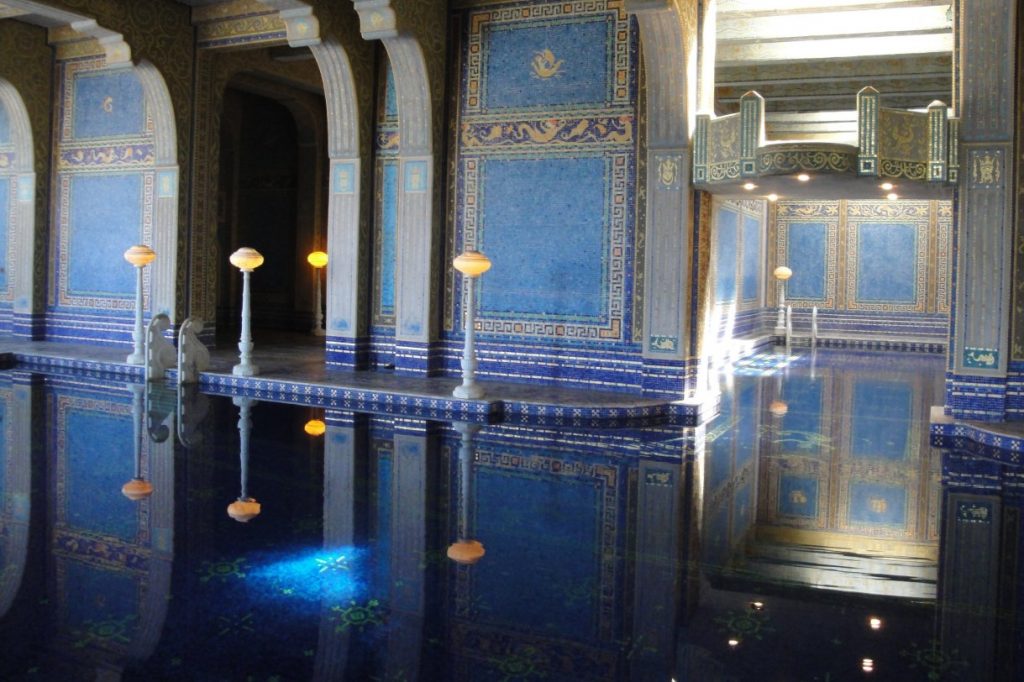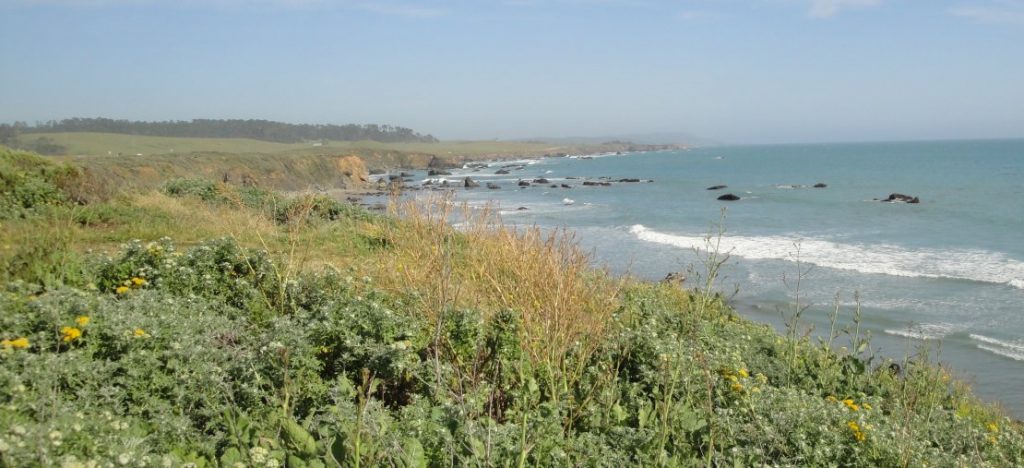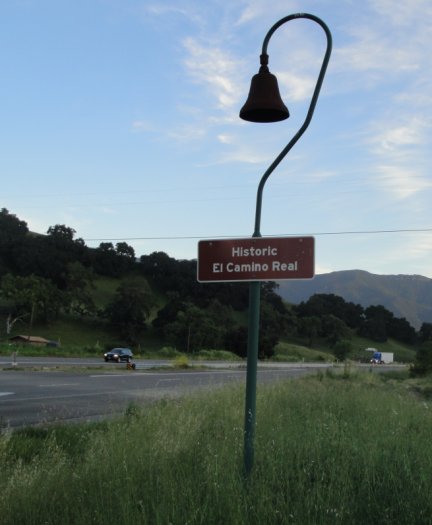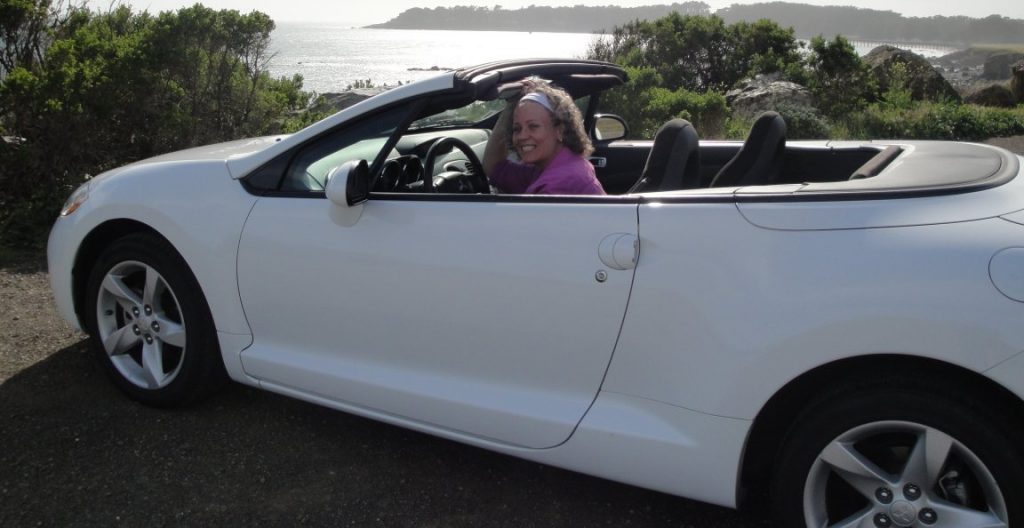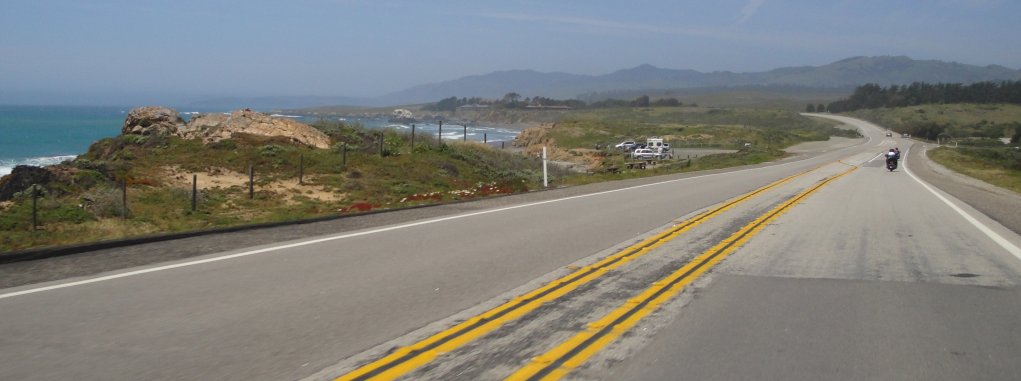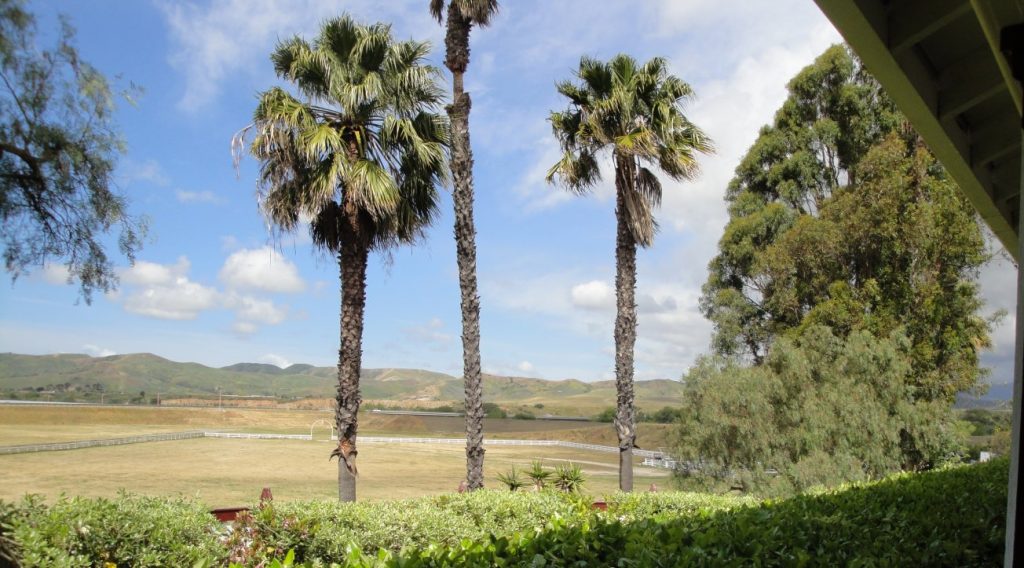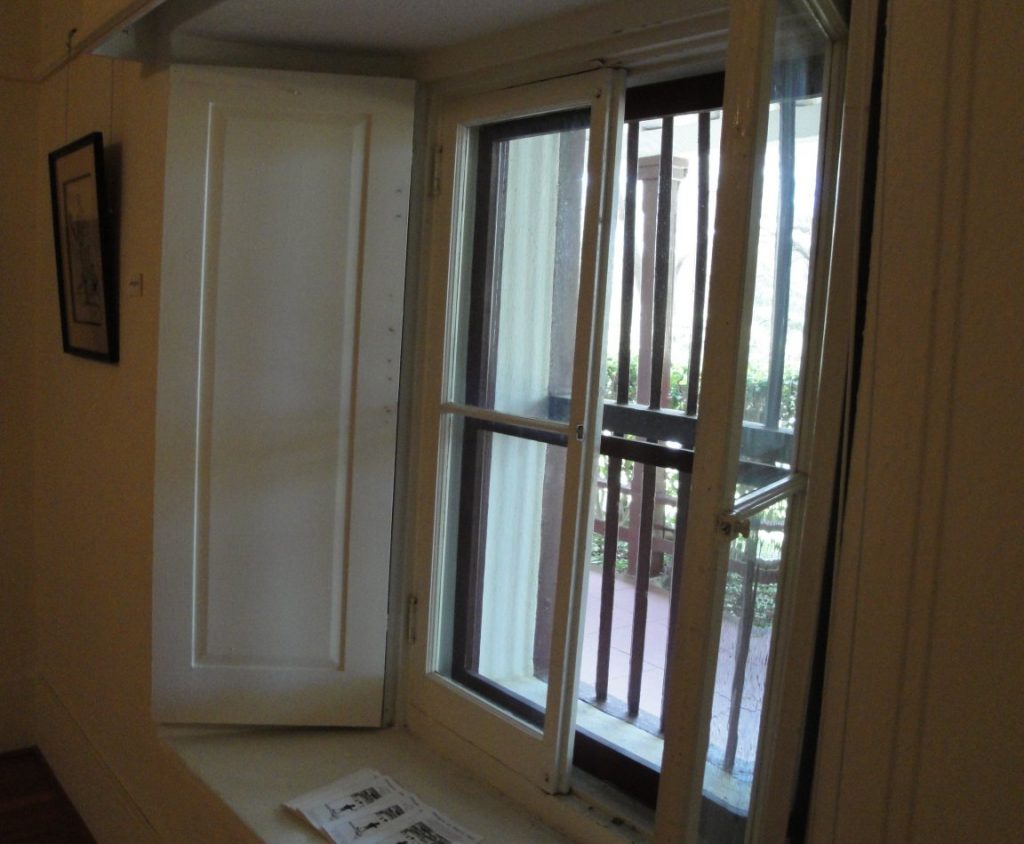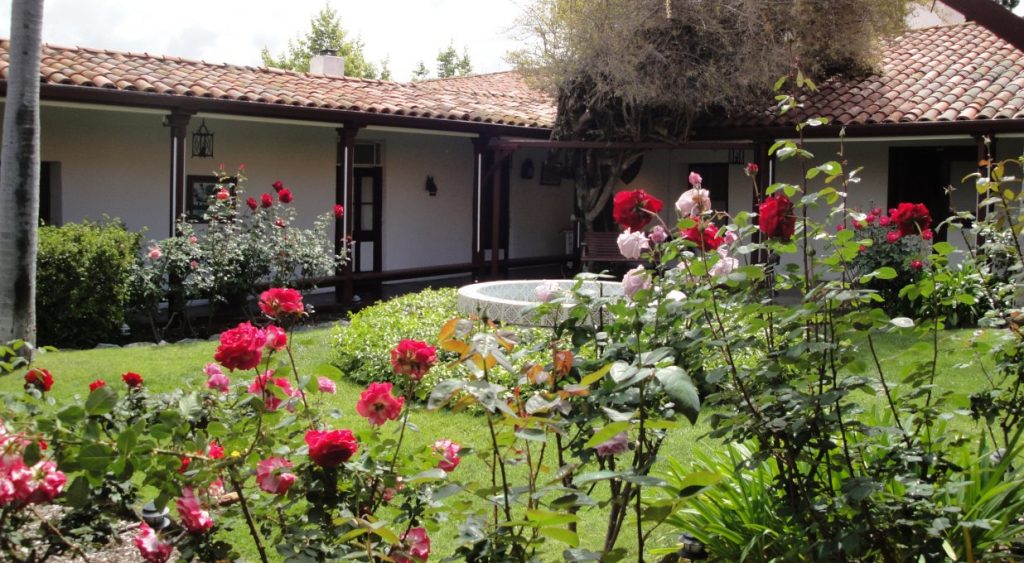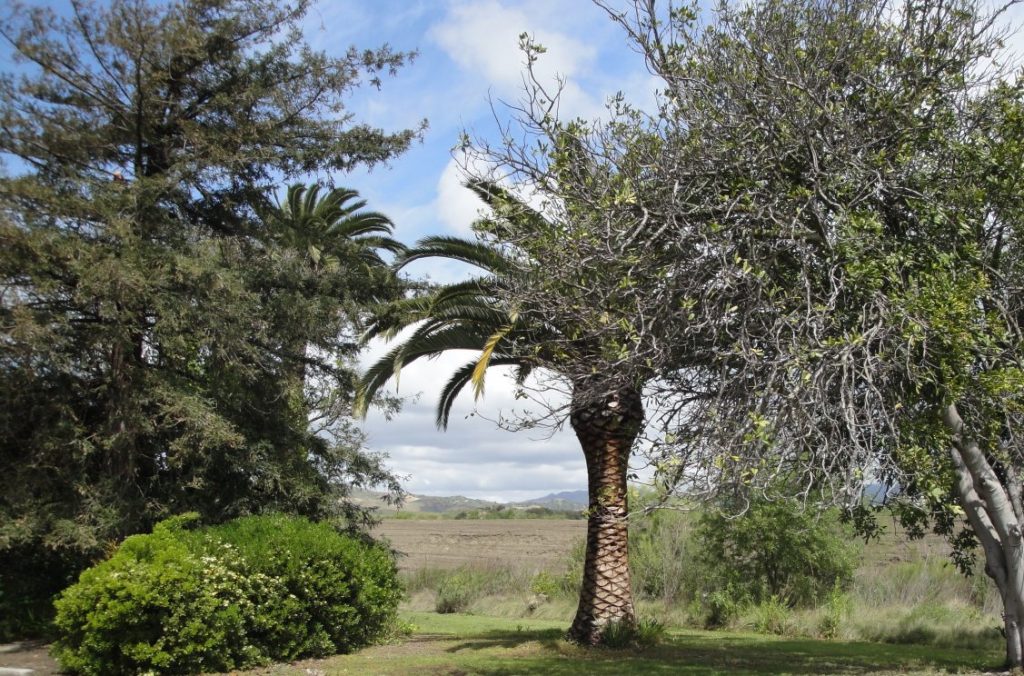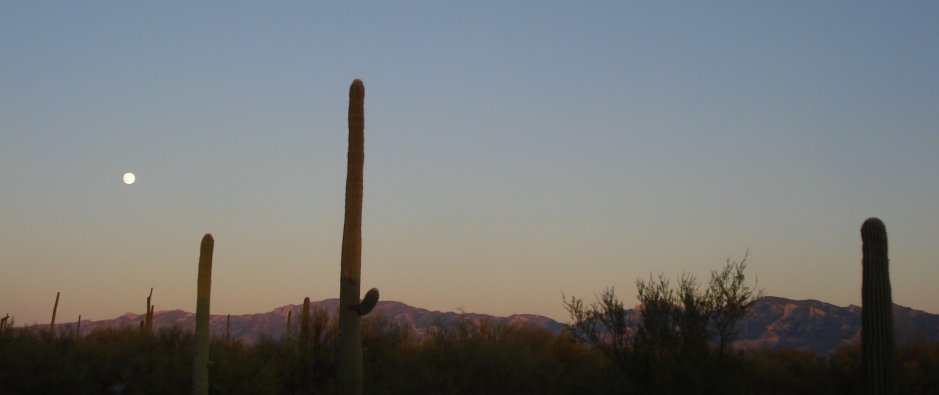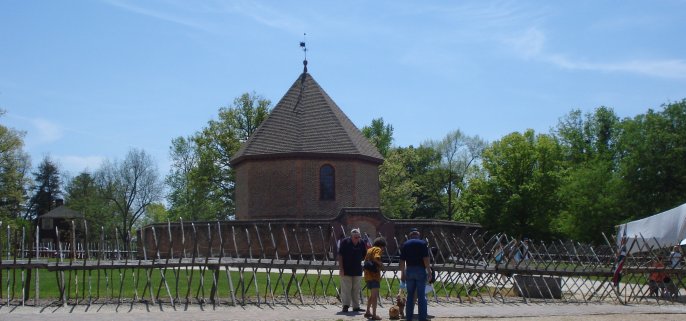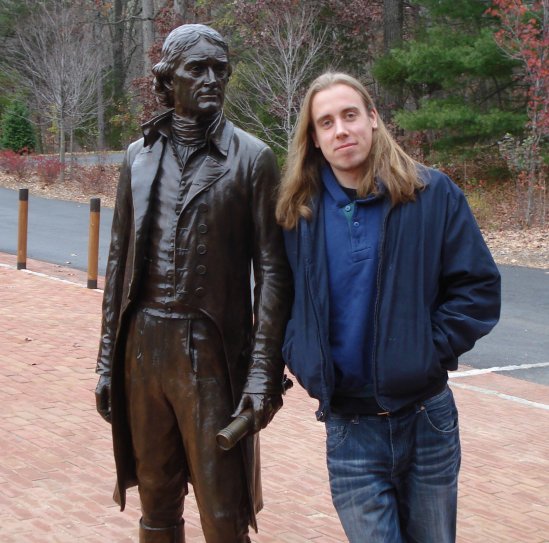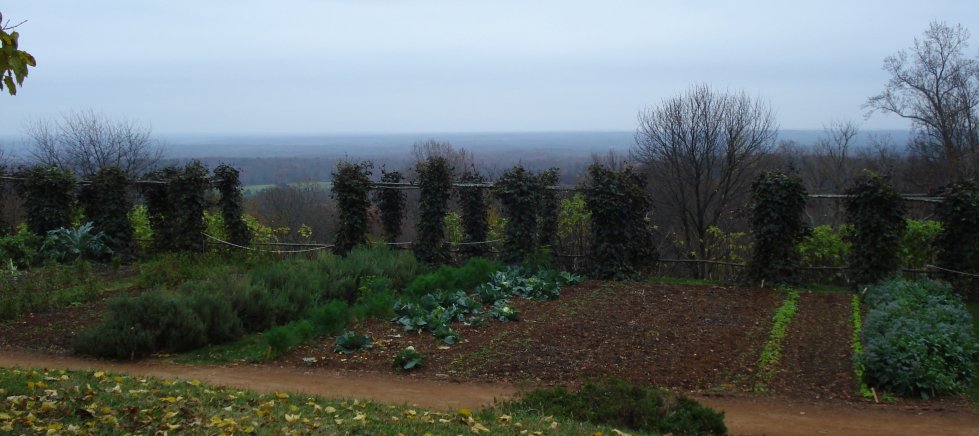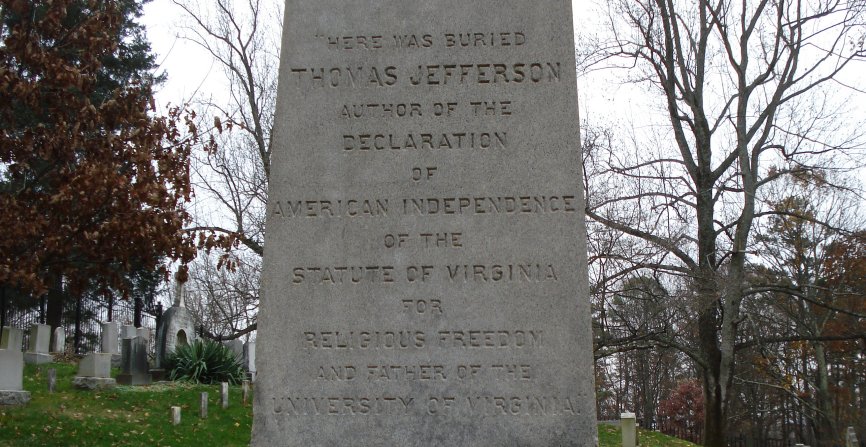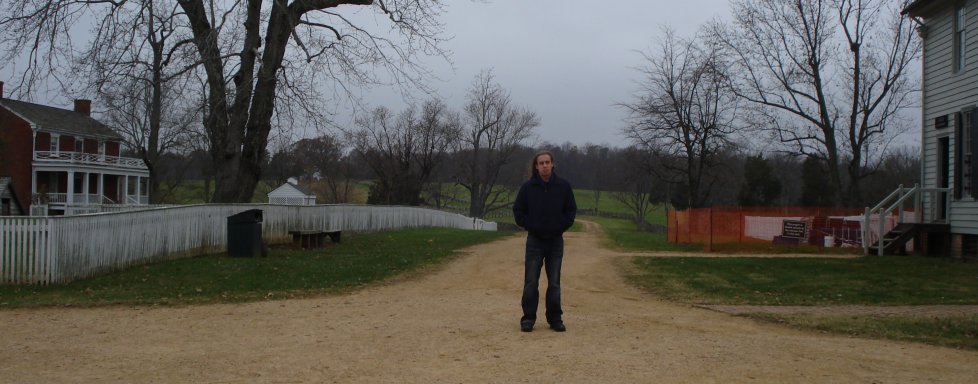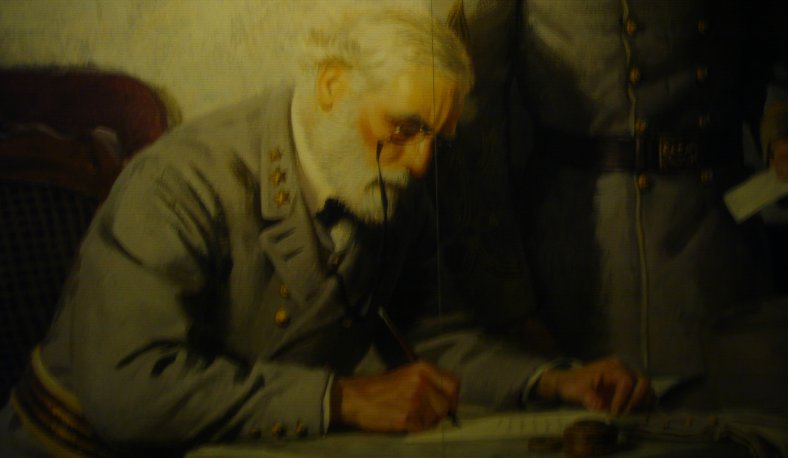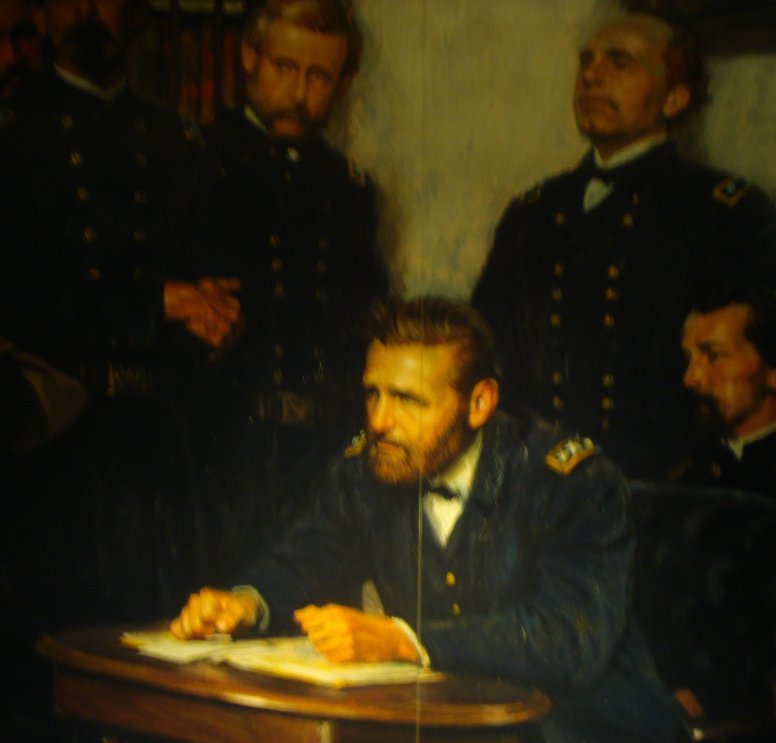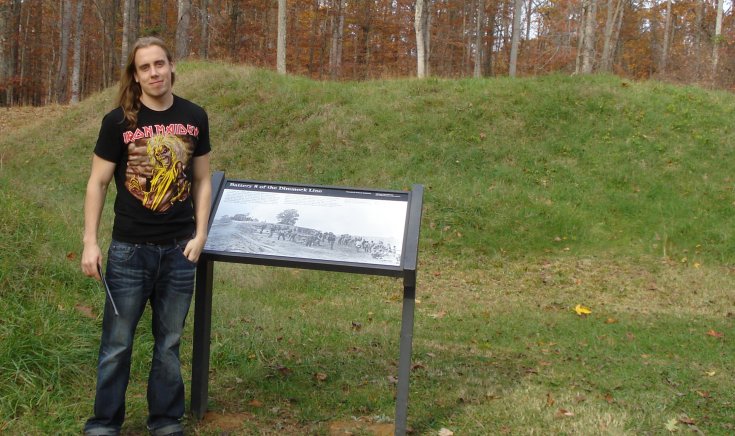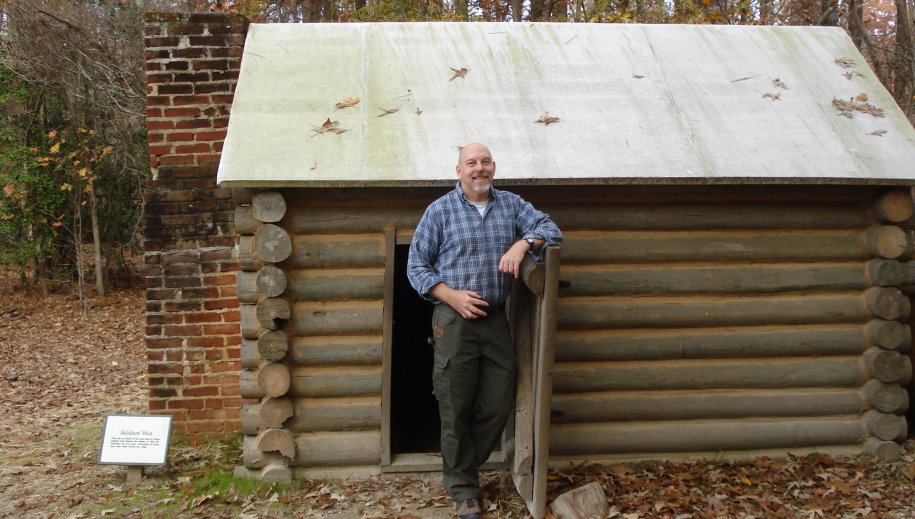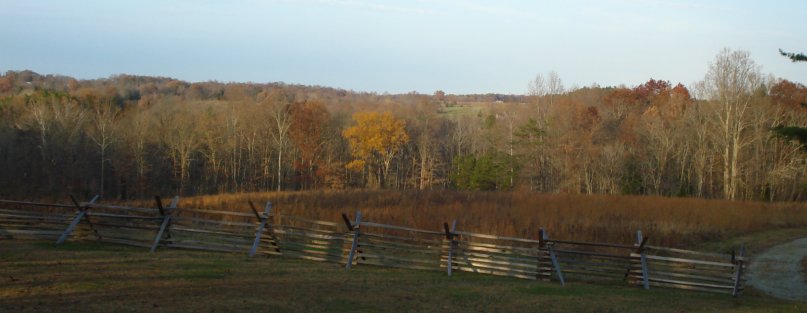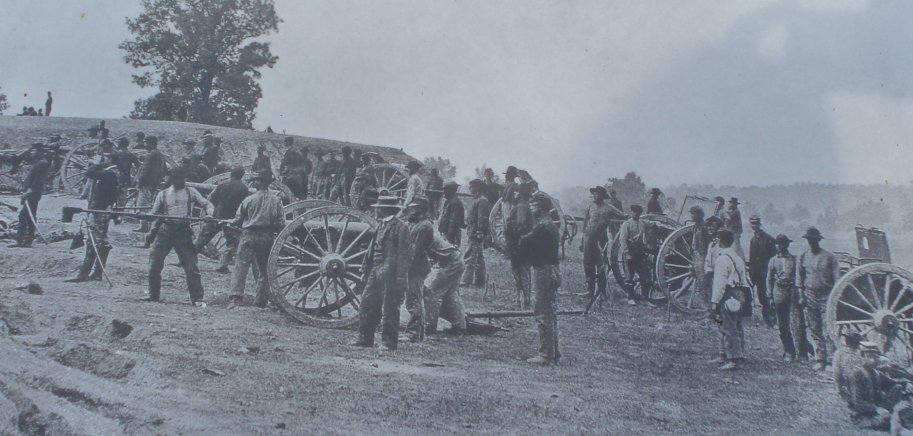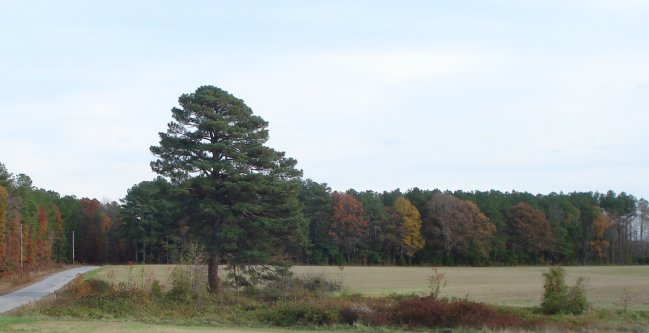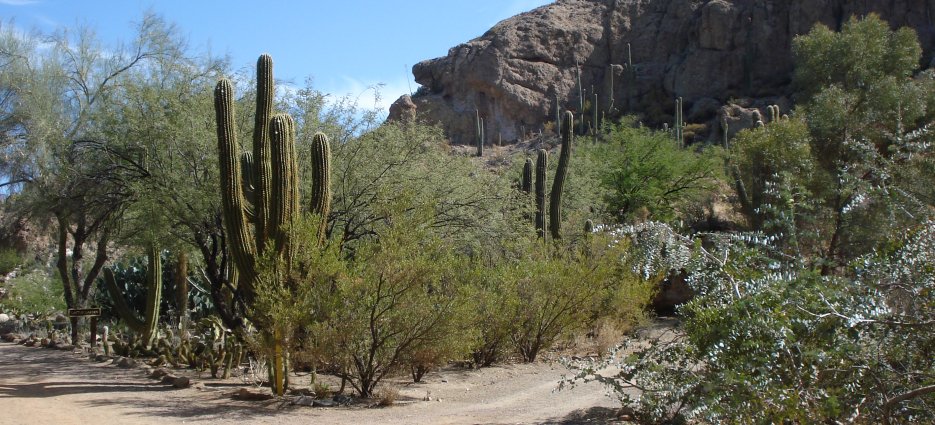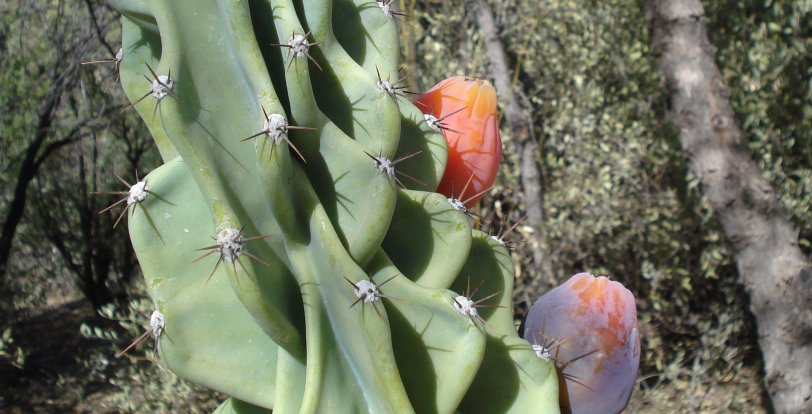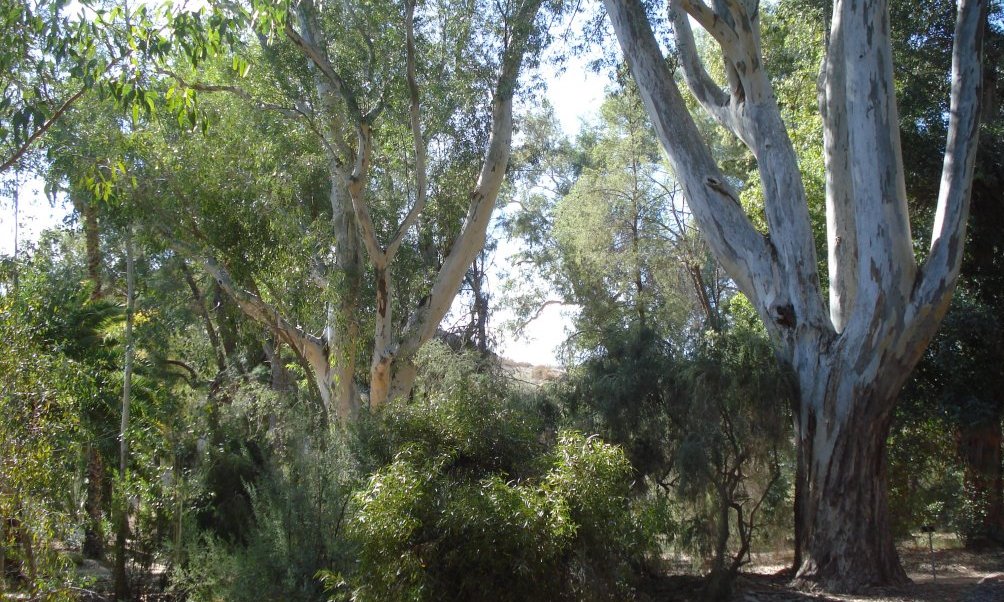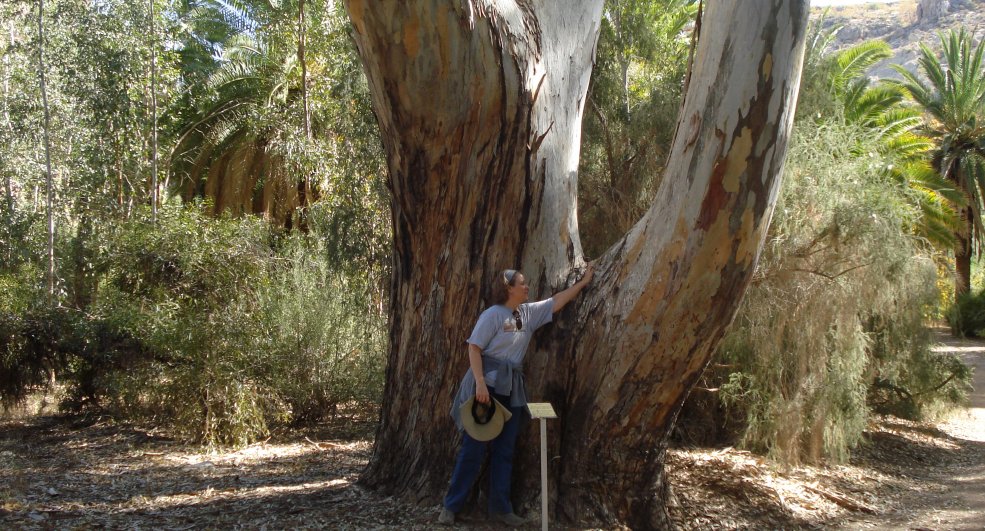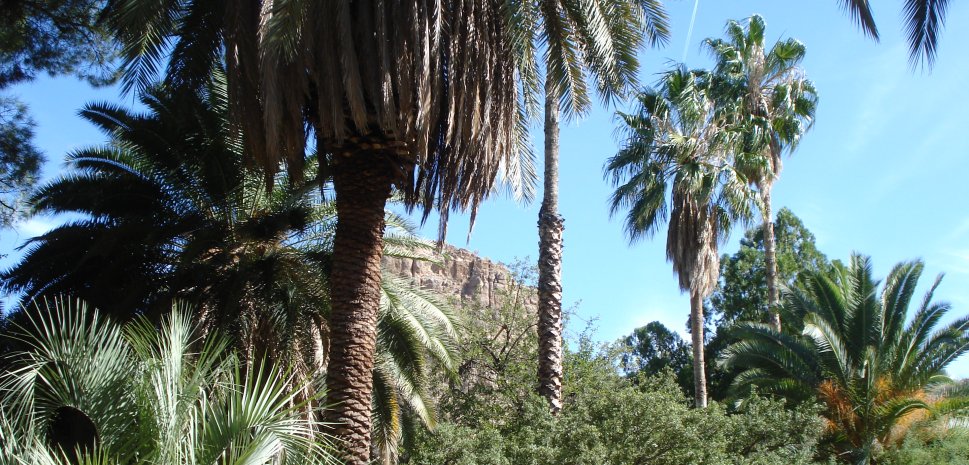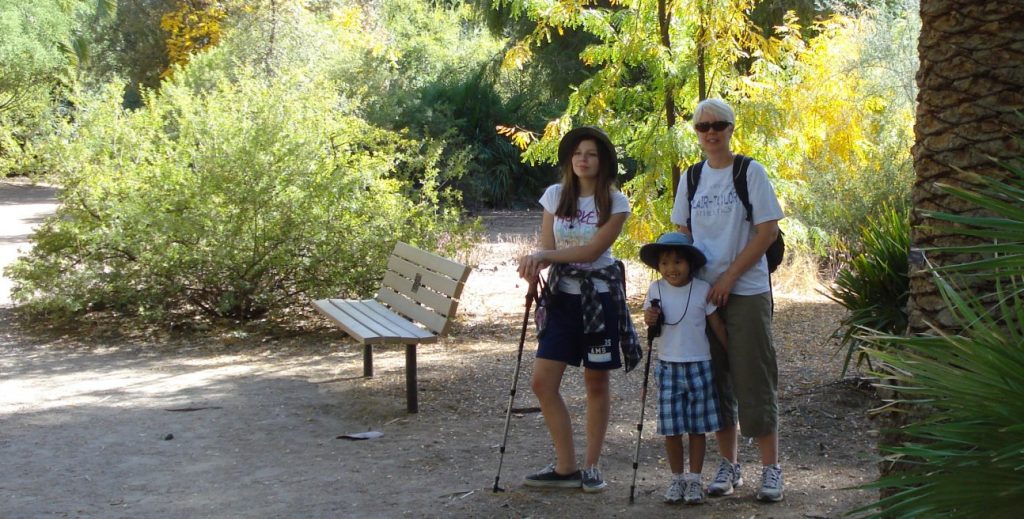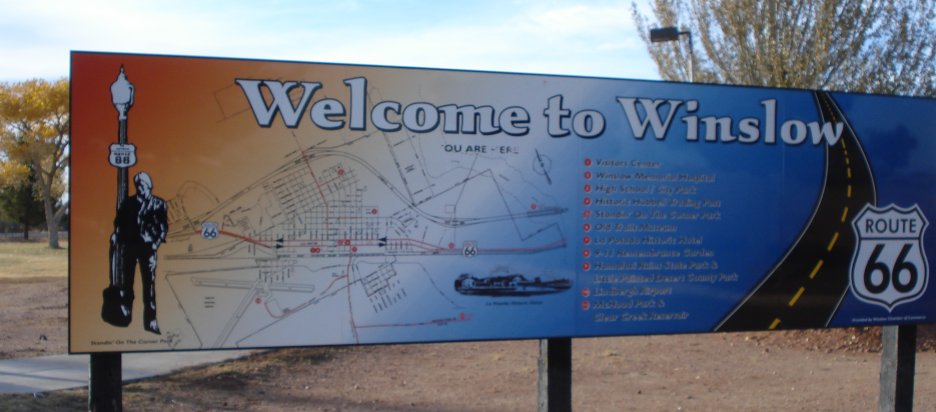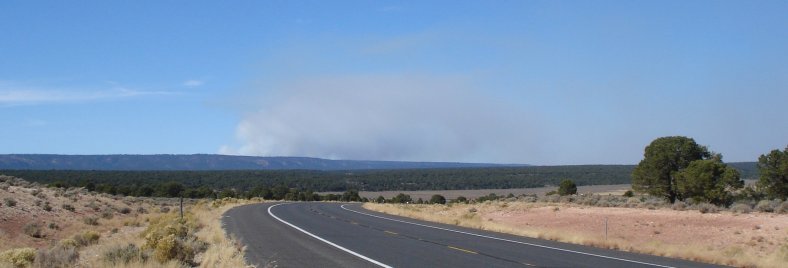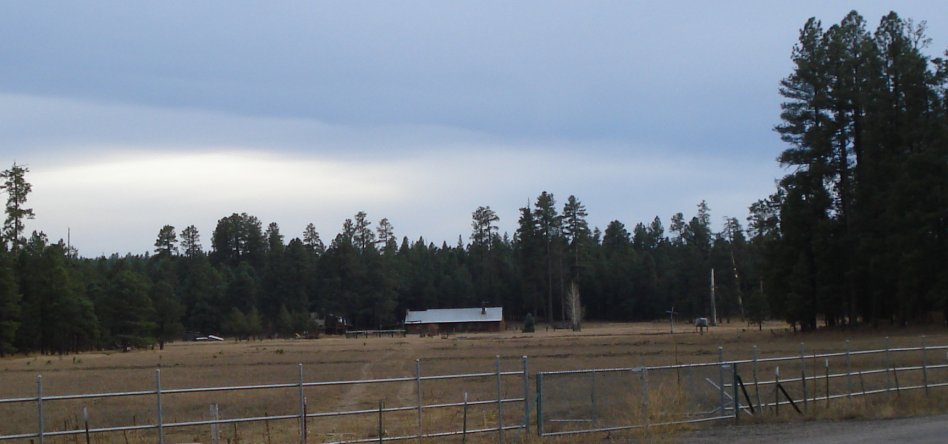I have a few odds and ends that are not enough for a whole post, but I don’t want to lose.
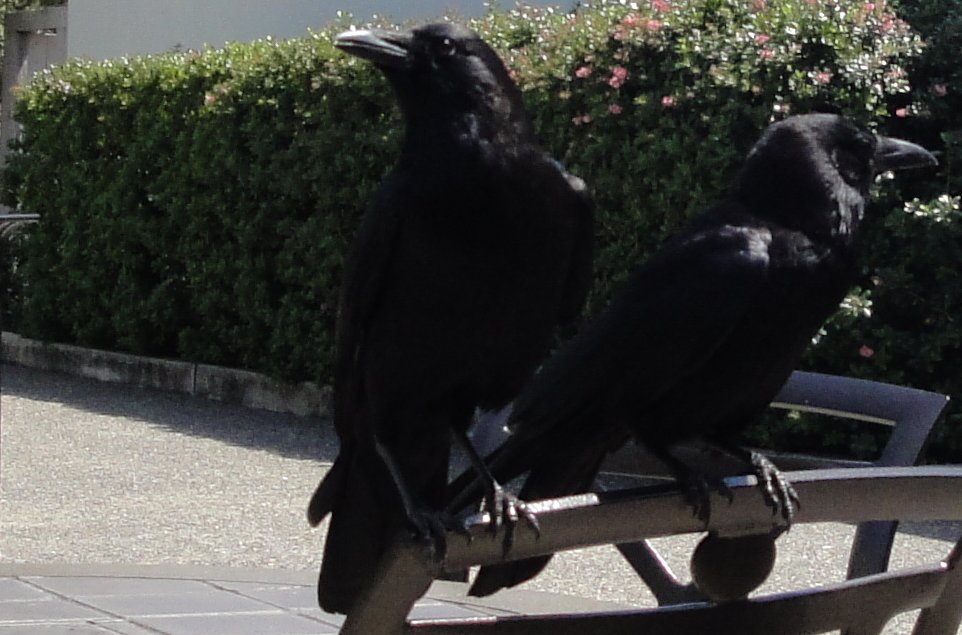
Wisdom of crows
Crows are among the most intelligent birds. It is something you notice when you just walk around. They have a sentry in the tallest trees and they caw differentially as you walk under. If you are carrying a shotgun, they all fly off. If you are unarmed, they just ignore you.

The job of eating food scraps around people eating lunch outside is usually the job of pigeons but at San Simeon the task belongs to crows. The crows are scarier and not only because they are shiny black and raven-like. Unlike pigeon, which are just stupidly annoying, you can see the calculating intelligent in the crows’ black eyes. The pigeons also are little fat-boys; crows look lean and mean. You don’t want to mess with the crows, especially if you are driving a convertible. You know that they will forget you never more and maybe come back to retaliate. BTW, Alfred Hitchcock filmed “The Birds” up the coast.
Speaking of bird-brained intelligence, turkeys are really dumb. They used to be thought “elusive” but that was only because there were not many of them. A couple of them wandered across the road on our farm. They just stood there in front of the truck. I had to get out and toss stones in their general direction. I am pretty sure that I could have caught them with my bare hands.
The turkey population has exploded over the past couple of decades and our scientific understanding of them has changed. We used to think that turkeys needed large ranges and significant protection to survive. Today we have learned that any decent sized clump of trees will do, whether it is next to a farm field or a suburban street. We should probably encourage more hunting of these big birds, along with the now ubiquitous Canada geese. Some people could probably save a lot on food bills.
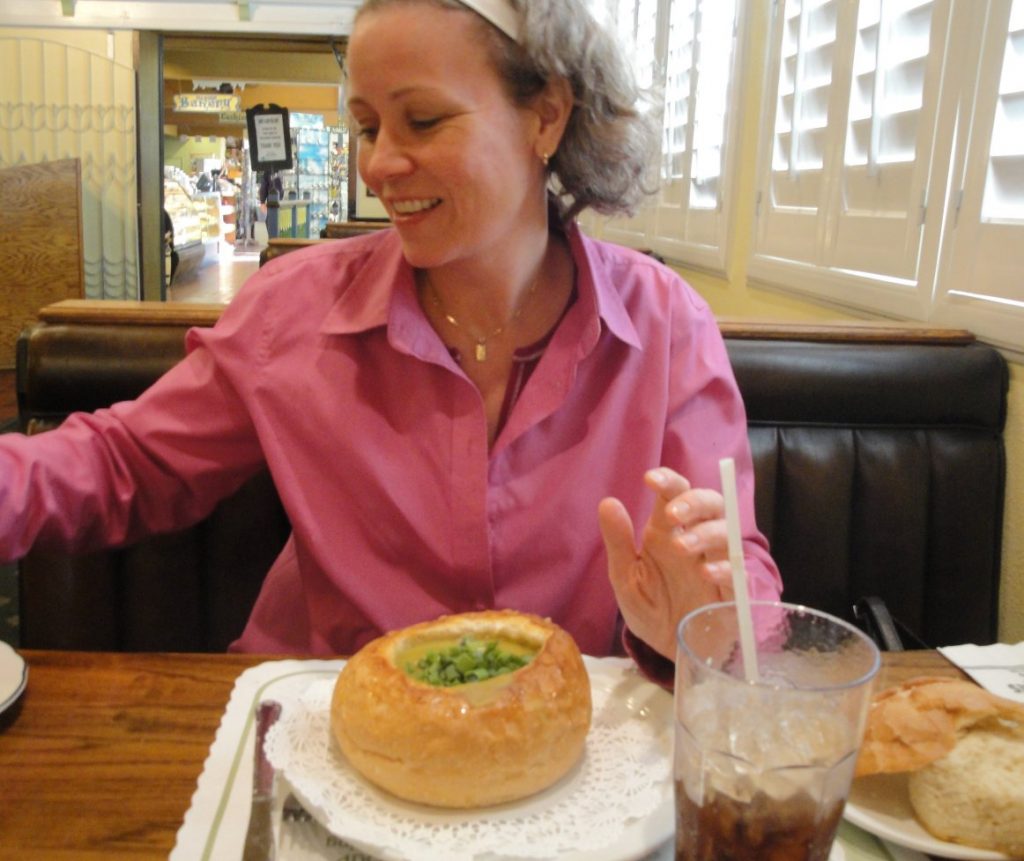
Pea’s porridge hot
We stopped off at a Danish bakery and pea soup restaurant. The Andersen restaurant claimed to be selling pea soup since 1924. Pea soup was one of my father’s staple menu items (along with bean soup, polish sausage and green tomatoes) and I like pea soup.
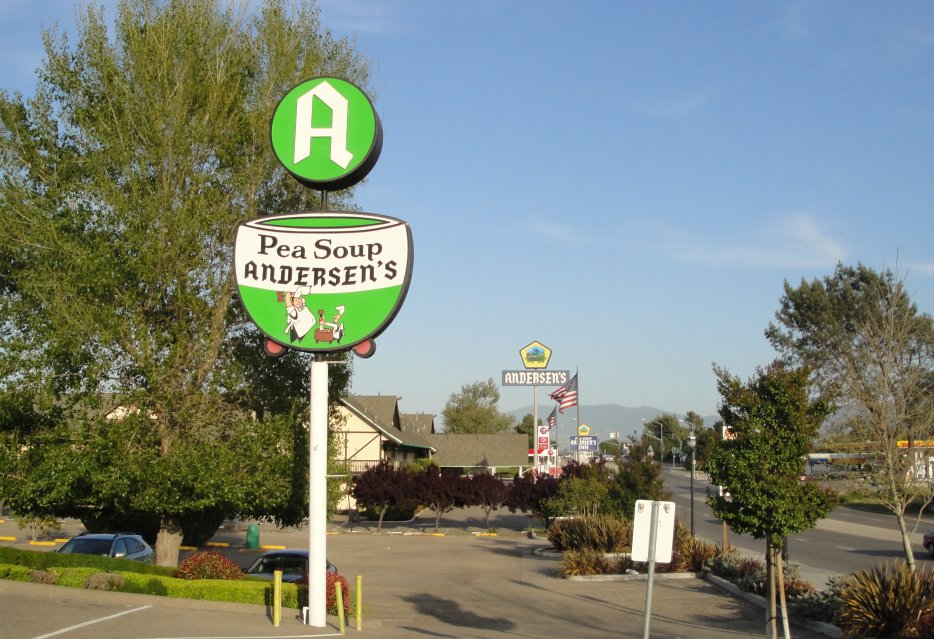
I don’t often make it because you have to make big pots of it at a time. The canned varieties just aren’t right, even Progresso, which usually produces good soups. Chrissy and I both got pea soup in a sourdough bread bowl. The bread mixed with the soup made it into pea’s porridge. It was good and worth the stop.
The world’s biggest Torrey pine
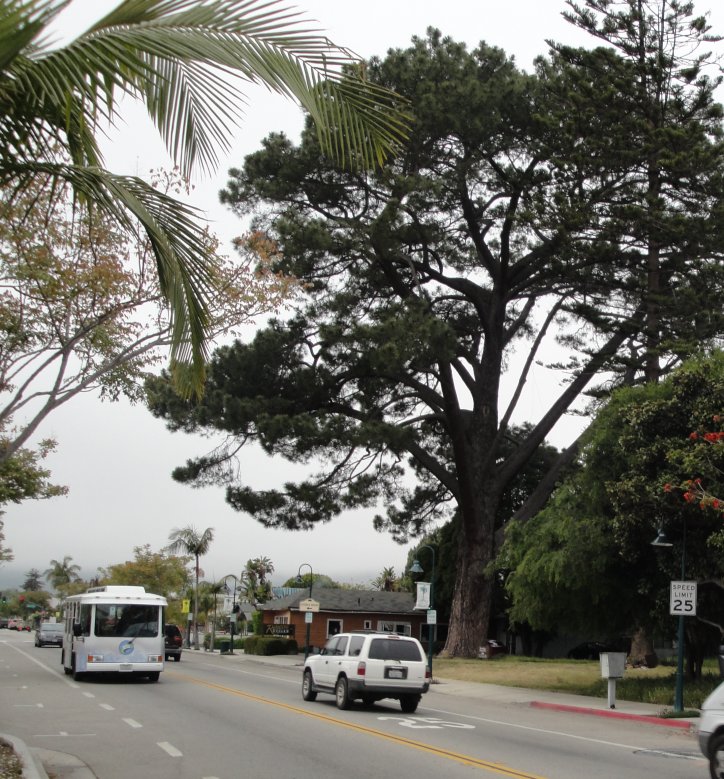
We stopped in Carpinteria to get gas. We didn’t, because the gas station (yes we passed only one) charged a $.45 “convenience fee” for using a credit card. I can’t believe there is still a place that doesn’t have a pay at the pump, much less charging a “convenience fee.” It was an Arco Station, which I thought was a major company.
But it was worth the diversion. As we stopped looking for another gas station and decided to turn back to the highway, we noticed a very large pine tree. I got out to take a look and noticed the plaque that claimed that this was the largest Torrey pine in the world.
The Torrey pine is locally endangered in the wild of its own natural range, where few of the species get as big as the one we saw and most are slow-growing and picturesquely twisted. But it is grows fast, tall and straight when used in plantations in Australia and New Zealand. It just doesn’t like it at home.
I bet that if we looked hard enough, we would find that the largest Torrey pine in the world is in Australia or New Zealand – if not now, soon. I read that the tallest California redwoods will soon be the ones planted in New Zealand during the 19th Century. I saw some really beautiful sequoia trees at the Ambassador’s house in Geneva and a whole beautiful forest of redwoods growing on the hills near Sintra in Portugal. In fact, Sintra has a castle a lot like a smaller version of San Simeon.

